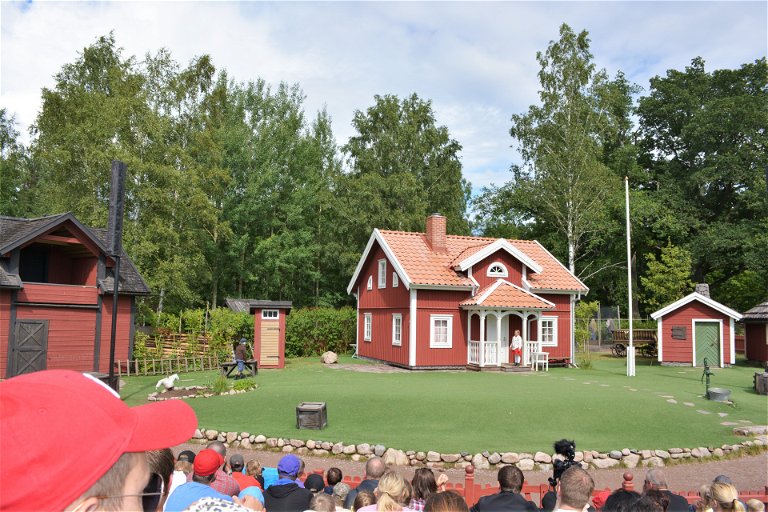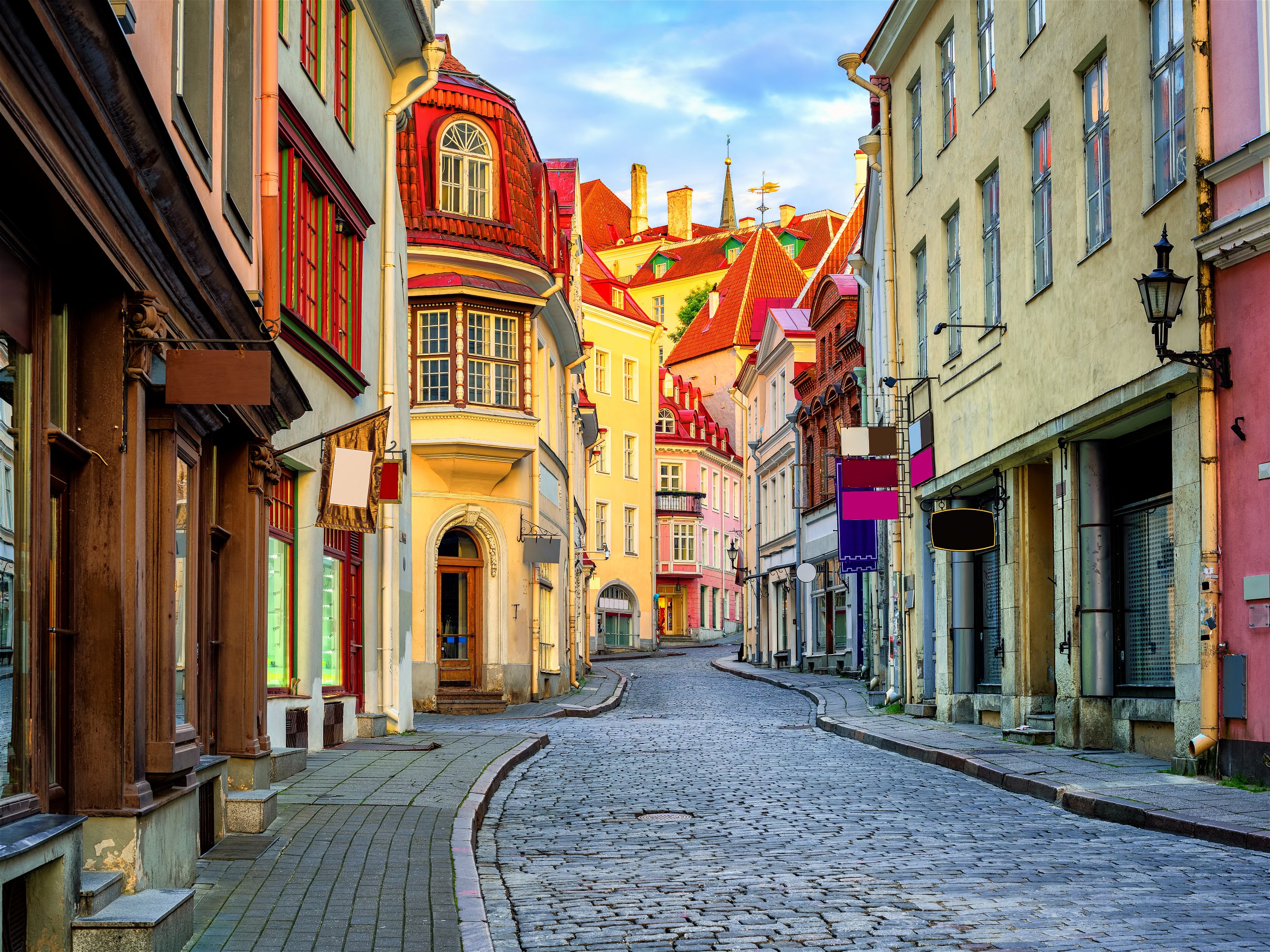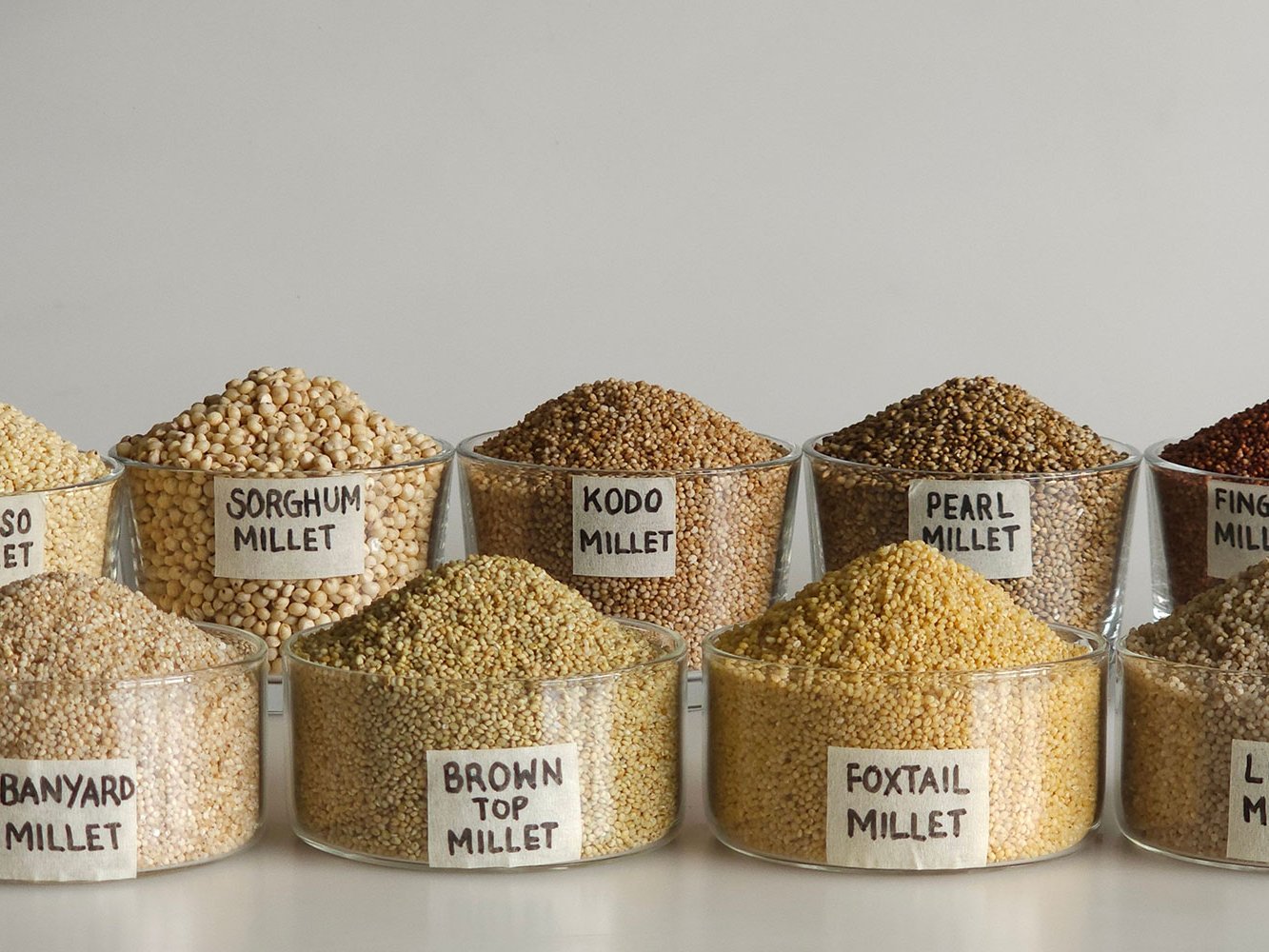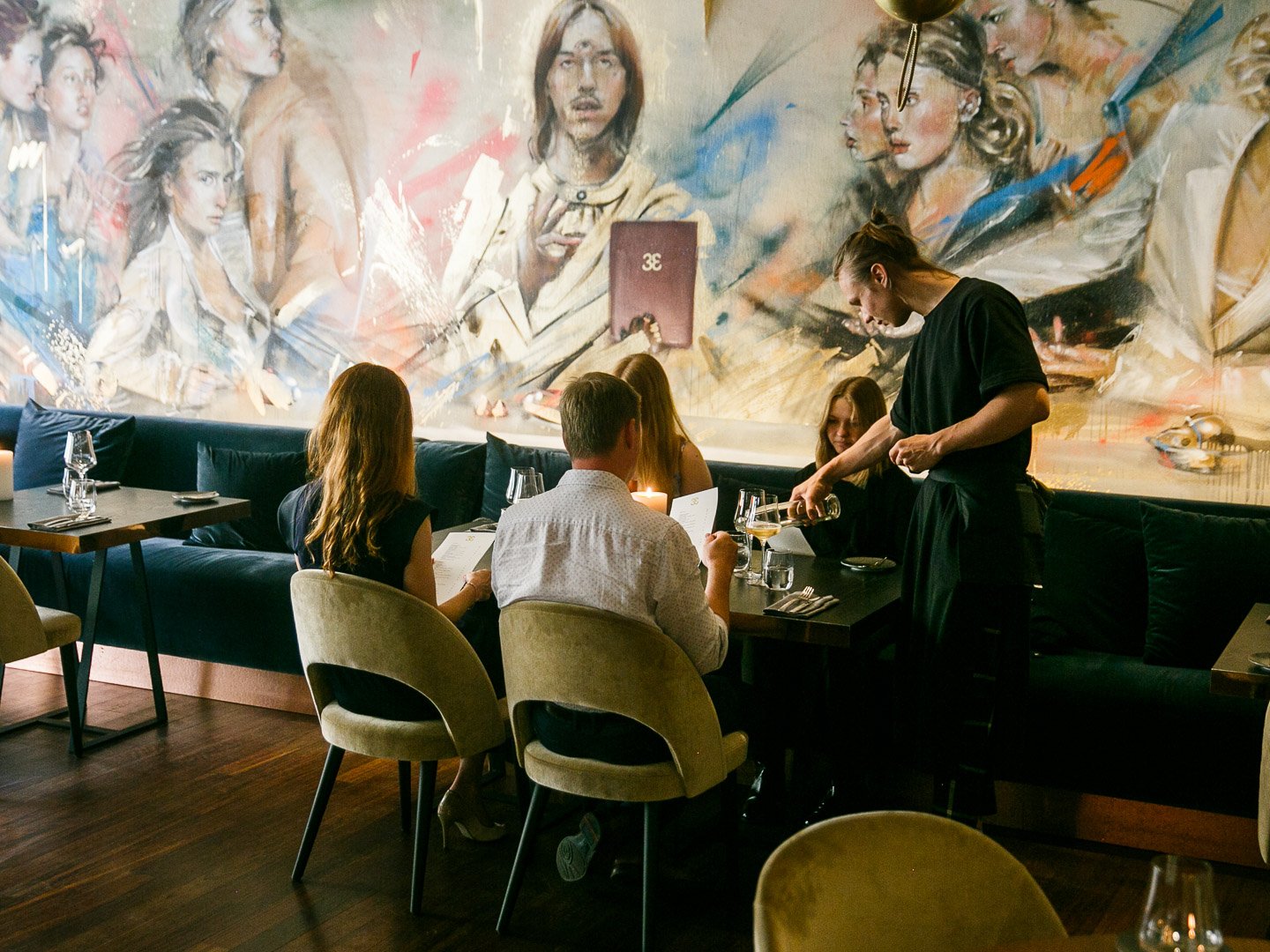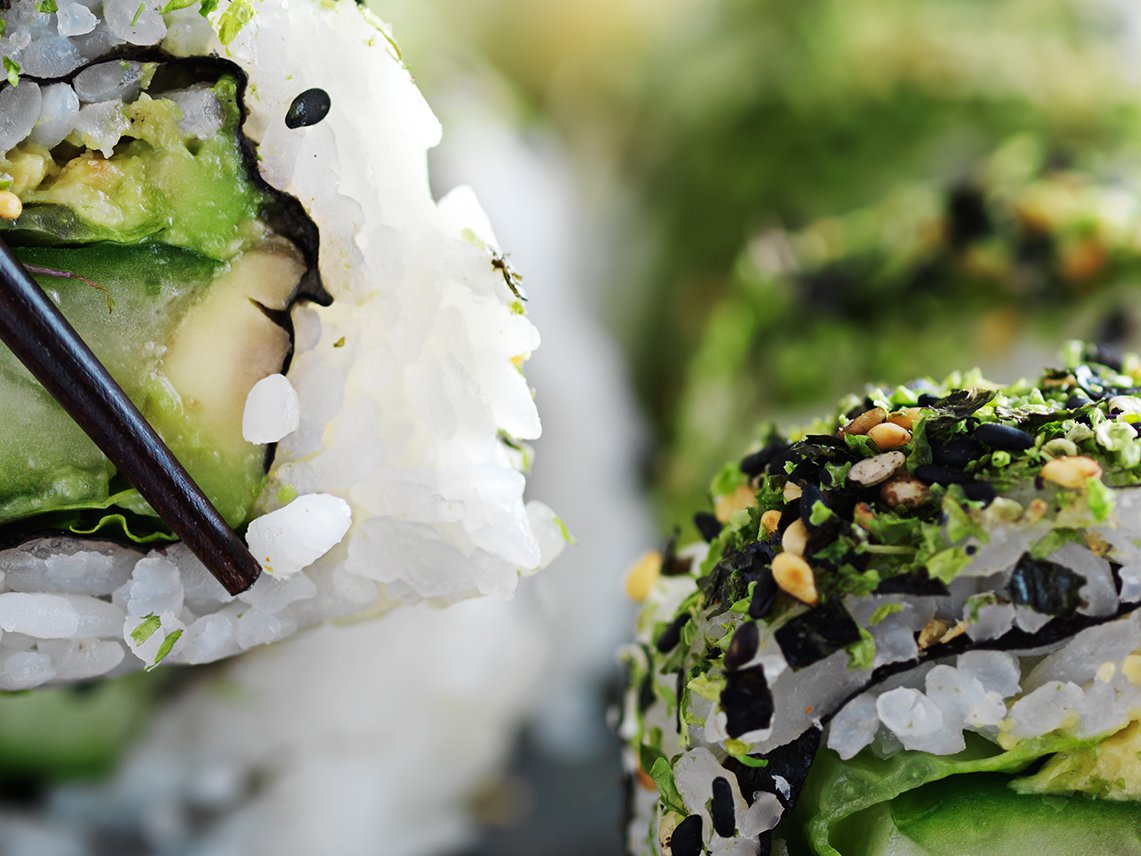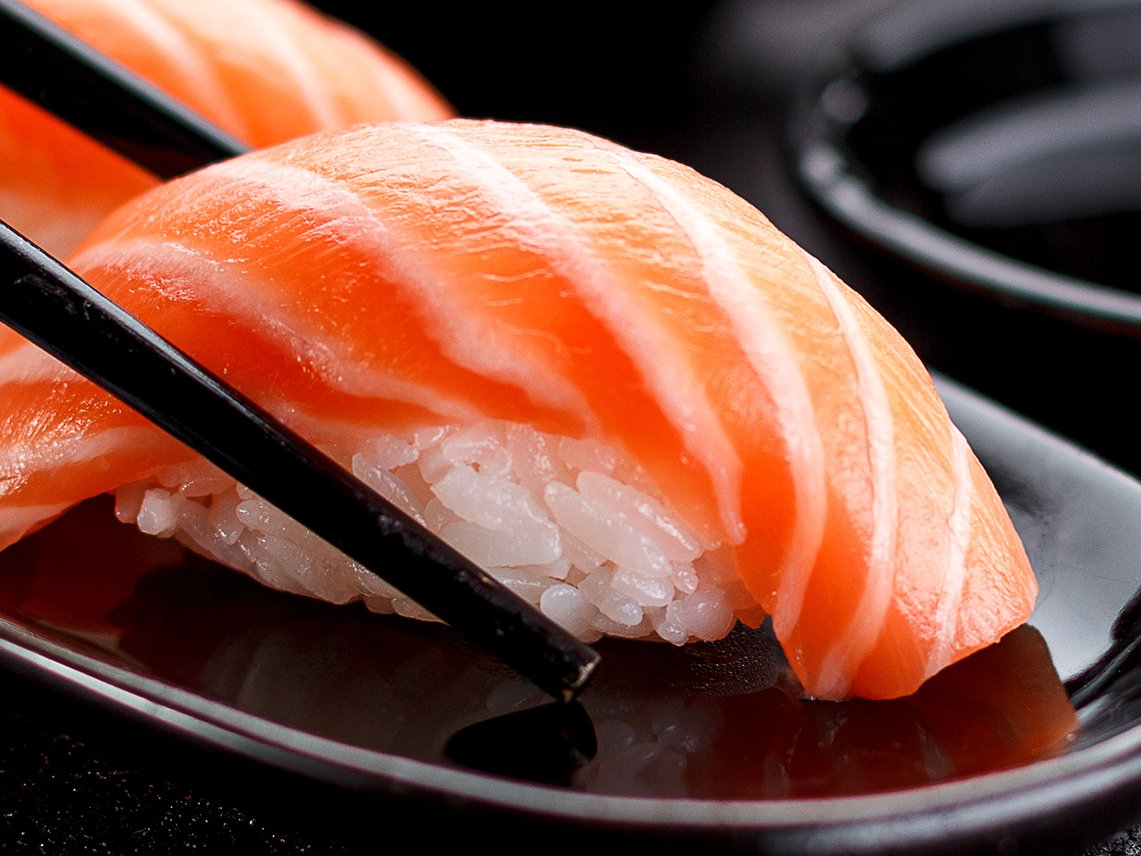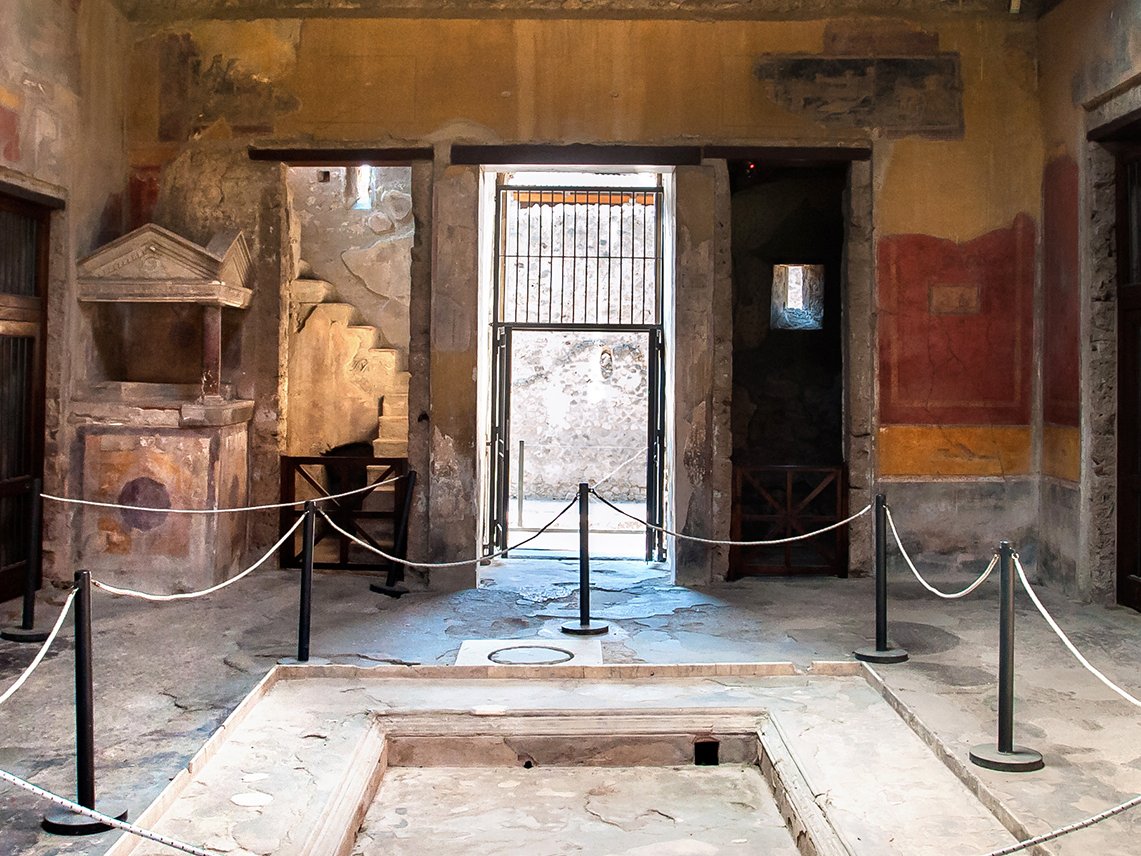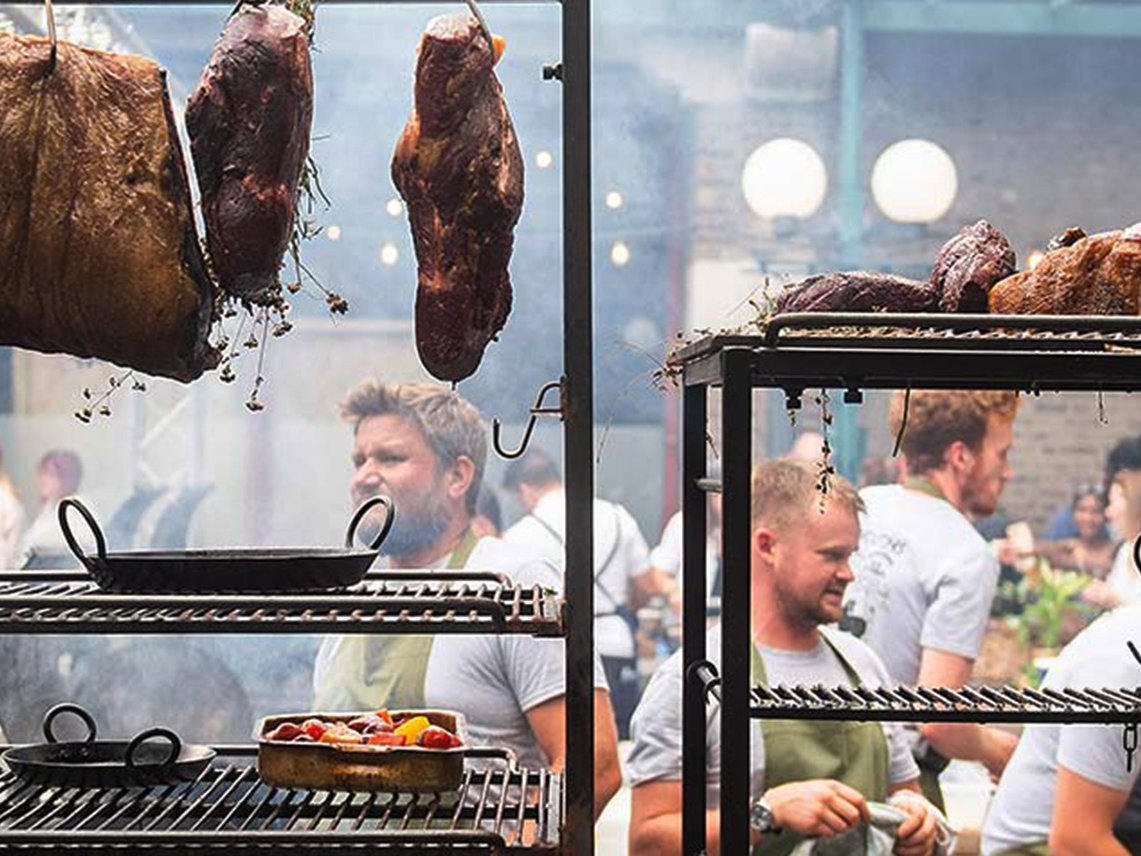Art & Taste: Astrid Lindgren
From Afrikaans to Zulu, Astrid Lindgren's works have been translated into over 100 languages. Her most famous character is Pippi Longstocking but all her protagonists have one thing in common: a love of food.
It all began in southern Sweden in Småland. More precisely, in the Näs vicarage near Vimmerby. There, little Astrid lived with her parents and three siblings in a red cottage with white wooden windows, surrounded by forests, meadows and streams. She played with the children from the neighbouring farms, hid in barns and sheds, climbed high trees, brought the farmhands coffee in the fields and ate sandwiches with them.
In her autobiographical work The Vanished Country, Astrid Lindgren writes: "It was nice to be a child on Näs, and nice to be the child of Samuel August and Hanna. Why was it beautiful? I have often thought about that, and I think I know. We had two things that made our childhood what it was – security and freedom."
The memories of her childhood were a lifelong source of inspiration for the famous children's author. Some of the people who surrounded her back then became inspiration for the wonderful and peculiar characters in her books: in the rascal Emil from Lönneberga, who lives with his family on the Katthult farm, she saw her father as a child. Samuel August had often recounted his pranks to his daughter. Astrid's own mother Hanna was godmother to Emil's mother, and her school friend Anne-Marie Ingeström, the daughter of the bank director of Vimmerby, was godmother to her character Mardie, sometimes translated as Meg. With the chracter of the bright boy Lasse, she created a memorial to her beloved brother Gunnar in the Six Bullerby Children or Children of Noisy Village books. He later took over the family farm.
Thanks to chance...
Astrid Lindgren wrote about 40 children's novels during her life. Yet she never wanted to become a writer. Her first book, Pippi Longstocking, came about rather by chance. When Astrid's daughter Karin was in bed with pneumonia in the winter of 1941, she said to her mother one evening: "Tell me about Pippi Longstocking". The girl had made up that name, just like that. So Astrid began to talk about Pippi. Later she wrote down the adventures of the self-confident sailor's daughter with the red pigtails in her own special way: "I have written as I would wish a book to be myself if I were a child. I write for the child in myself," she said later. It turned out this child in her had an inexhaustible imagination.
While Emil from Lönneberga, Mardie, Pippi Longstocking, Ronja and Karlsson on the Roof are very different characters, they all have one thing in common: they love to eat. That is no coincidence. Eating together was very important on August and Hanna Ericsson's farm and it was a fixed meeting point for everyone after work. Astrid's parents included everyone – the family ate with their farmhands, maids and day labourers at the big kitchen table.
With the men working hard in the fields from sunrise to sunset, Hanna served them a heartier diet than her children. In the morning, they had herring and fat bacon on their plates, in addition to porridge, potatoes, milk and bread. "Sometimes I also got a rind of bacon," Lindgren recalled as an elderly woman. "I chewed it with relish and slowly. That was the best."
The close relationship between the Ericssons and their servants was demonstrated by the fact that little Astrid and her siblings were always welcome in their modest house. Astrid and her brother Gunnar spent a lot of time in the kitchen of Kristin, the kitchen servant's wife. When the two children sat on the pull-out bench by the stove and nibbled on pancakes, Kristin's daughter began to read fairy tales to them, and "it set my child's soul into vibrations that have not yet completely subsided. In a long gone, pathetic little cottage kitchen, this miracle happened and since that day there has been no other kitchen for me in the world." In her books, the "heart of the home" is always a wonderful place, smelling of cinnamon, cheesecake, cherry compote or fried bacon. Where it is warm, even when it is freezing outside, where people sit together, eat, tell each other stories, argue and make up again.
Astrid's mother Hanna was the head of the Ericsson household. Astrid described her as a thrifty and industrious woman who "knows how to do most things: she can milk cows, drive a team of horses, she can weave and do everything that goes with slaughtering. She can prepare cheese, spin and bake, and she can create and guide the servants without ceasing." She also had a heart for "the poor and miserable and helped wherever help was needed". Astrid was impressed by the vast quantities of delicacies her mother could prepare for various feasts. She recorded everything that was eaten at Christmas or the big midsummer festival in The Children of Noisy Village novels and in her Emil in Lönneberga stories. Before the big summer feast, Emil's mother stood in the kitchen from early morning until late at night to prepare food for the feast day. The pantry was piled high with roast pork, veal roulades, herring salad, jellied eel, mashed potatoes, delicious sausages, meatballs, various puddings, apple pie, cheesecake, cherry compote, red fruit jelly and much more.
The author deliberately devoted many pages to Småland cuisine. She wanted her readers, young and old, to have their mouths watering: "Telling about food is important," she said. "It would almost be a crime to write that the Bullerby children had food with them on an outing, and then not to list that their basket contained egg pancakes with jam and milk and juice and sausage sandwiches and cakes and six fish dumplings."
Eating is an adventure
Food is much more than a necessity for Astrid Lindgren's protagonists. It is enjoyment, conviviality – and adventure. So Mr Karlsson is delighted every time he flies with his propeller from his roof to the kitchen window on the fourth floor and steals the "world's best" cinnamon buns that are cooling on the windowsill. He does the same with meatballs. By the way, Karlsson on the Roof is one of the few stories that Lindgren has set in Stockholm. She was much more fascinated by nature than the city, as a self-described "peasant girl".
In the Bullerby books she writes that the children like every season. But summer with its warm, long days is their favourite. Especially August, because that's when they're allowed to start crabbing. "The day before it starts is almost as nice as Christmas Eve," says seven-year-old Lisa. In the evening, the children get to hike with their dad and uncle to the Nocken, a lake in the forest: once there, they row out in the water and set the cages they want to use to catch the crayfish. Then they build huts with juniper branches, make a campfire and eat their sandwiches. The children can't sleep for long: "When it was four o'clock in the morning, Dad came and woke us up. And there I was happy, even though I was freezing like a dog. The sun was shining (...) and Papa gave us warm cocoa. There was a bit of fog over the lake, but it soon went away." An experience Lisa wouldn't miss for anything: "I feel sorry for all the people who never rowed out onto a lake at four o'clock in the morning to haul in crab cages."
For all those children who have never experienced what it is like to catch crabs, secretly eat sausages in the shed or traditional Swedish princess cake in a treetop, Lindgren wrote her stories. She died in 2002 at the age of 94 and was buried in her birthplace of Vimmerby. Her gravestone reads: "If I have been able to brighten even one dark childhood, I am content."
